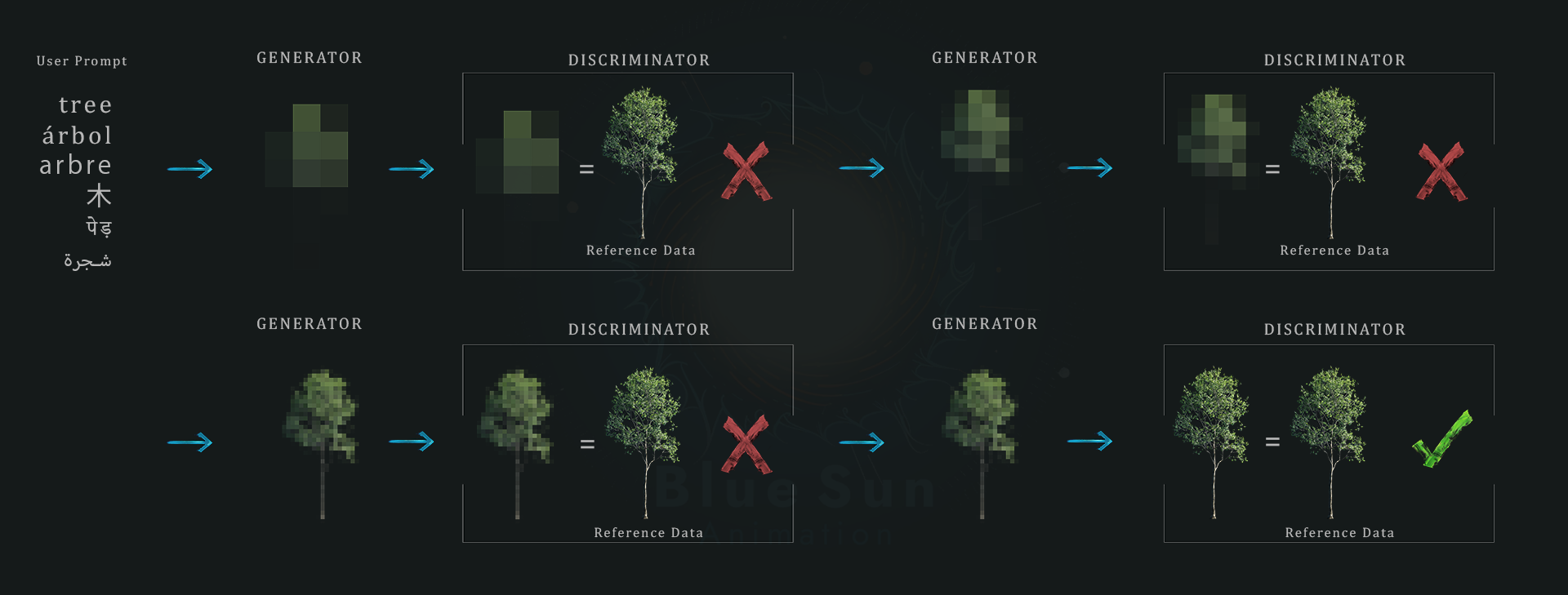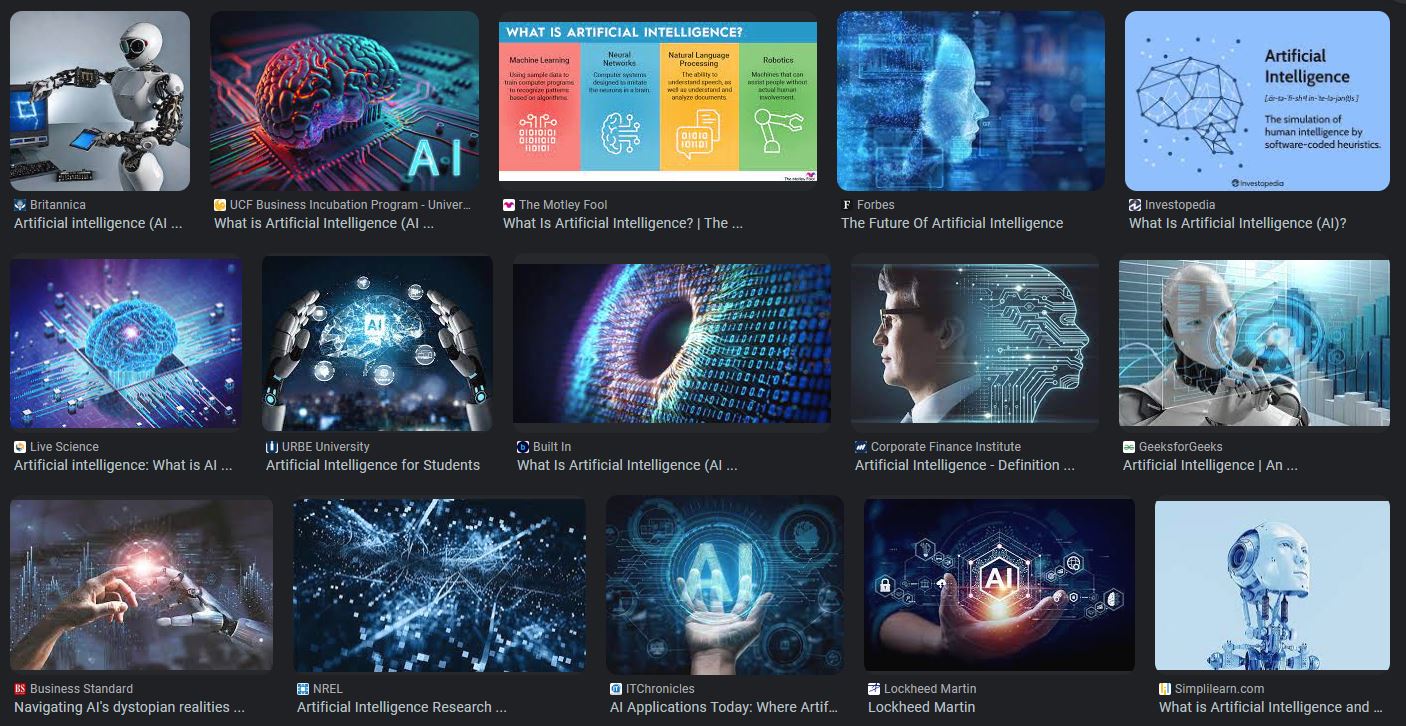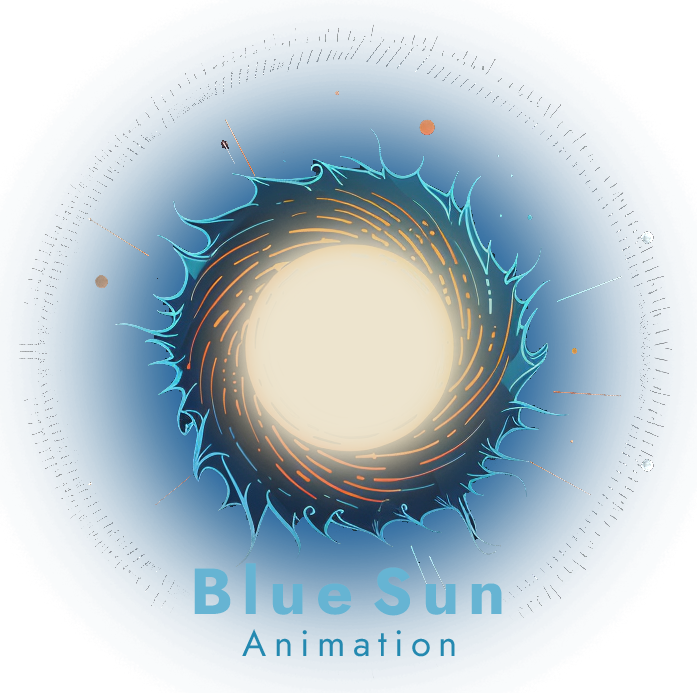The AI Monster; Thats Really Not.
A letter to colleagues and clients alike.
“AI is going to replace us (creatives)”. It’s not going to happen, buddy, so slow down.
Let’s begin by stating that I welcome the arrival of our robot overlords. Specifically, I look forward to a time when sophisticated computer systems assist humans with everyday, basic tasks like folding my laundry, driving me to my next appointment, and helping me with my kids homework that I can’t seem to figure out, but your job (at least artistically) is safe, and for those of you who are not of the artistic mind, don’t get rid of your creative teams or partners just yet; there’s some things we need to talk about.
Firstly, we have to be honest with ourselves. Yes, our world of artistic creation has experienced significant disruption due to the rise of “AI” tools like MidJourney, DALL-E, and Stable Diffusion. These systems now allow users to generate visual art through text prompts, expanding the creative abilities of professional artists and novices alike, but you need to dive a little deeper into how these tools actually function, explore the differences between learning algorithms and “true AI,” and take into consideration the limitations of these tools compared to human creativity. Let’s be honest, this is not the first instance where fear mongering has gained traction. *cough* Photoshop vs. Pencil/Marker *cough*
Not Real “AI”… Yet…
Learning Algorithms vs. True AI
The term “true AI” often refers to a theoretical form of artificial intelligence that possesses general cognitive abilities comparable to those of humans. It implies an intelligence capable of understanding, reasoning, learning, and generalizing across multiple domains. Currently, machine learning algorithms narrowly focus on specific tasks like art generation or object recognition.
Here’s a quick and simple breakdown of the most significant differences:
Learning Algorithms:
- They rely on either supervised or unsupervised learning from vast, curated datasets.
- Specialize in specific domains such as art, language, and math, excelling in narrow fields but lacking generalization capabilities.
- Struggles with contextual understanding outside of their training data.
True AI:
- Hypothetically capable of learning without predefined data structures.
- Would have the ability to generalize across various disciplines.
- Could possess abstract reasoning and creativity comparable to human thought.
-
With that said, I have to get something off my chest. I’m tired of everyone throwing around “AI” like it’s the next popular word in our venacular, as if somehow saying “AI” makes a project that much more technologically advanced. It’s fine if your project is based on machine learning models, but calling a project “artificial intelligence” has the danger of making it look like your project is falling short in the final deliverable phase, especially in the eyes of those who only have a surface-level understanding of the term and their own fantastical ideas of the “true AI” that lives in our heads.

What the world (your client) thinks when you say “AI”.
Understanding how it (currently) works.
For the uninitiated, AI art tools like MidJourney rely heavily on machine learning algorithms rooted in deep learning. A typical learning algorithm architecture is the Generative Adversarial Network (GAN), which pairs together two “neural networks”—a generator and a discriminator. These generators produce images based on the input prompt a user… inputs, while the discriminator assesses their quality. Over multiple successive iterations, the generator improves, “learning” to produce increasingly compelling images by mimicking styles, forms, and patterns found in its training data.

The Simple Visual Version
Another popular method, diffusion models, gradually denoise random noise to reconstruct images that match the input description. This approach allows for more nuanced control and often yields results that are remarkably consistent with the prompt. Both of these models are trained on vast image datasets annotated with text descriptions, allowing them to associate language with visual patterns.
Limitations of the Learning Algorithm
And why humanity is safe… (so keep your artist around.)
The datasets we train learning algorithms on fundamentally shape them. These datasets often contain biases, cultural assumptions, and stylistic limitations. Consider datasets designed to depict the human male. Simple right? Despite considering factors such as height, weight, and bone structure, every generated image appears to be Caucasian. Why? The reason for this is that the creators of the dataset did not include any individuals of color. This problem has already plagued facial recognition algorithms. Meanwhile, your local human-grown artist is capable of stepping beyond existing norms, creating new styles, and incorporating personal or cultural significance. Artists imbue their work with rich layers of meaning and intent, often pulled from cultural, historical, and personal experiences.
This interpretative capacity alone remains out of reach for learning algorithms, which tend to generate content that is stylistically impressive but often lacks deeper thematic cohesion and artistic consistency.
A New Tool In Your Creative Arsenal
How can it help and how do we use it?
AI art tools represent an exciting frontier that challenges our understanding of creativity and the artistic process. Yet, despite their technological prowess, these tools cannot replace the nuance, intentionality, and emotional resonance that define human artistic expression. Instead of seeing AI as a competitor, we as artists should view these tools as collaborators, using them to expand our creative capabilities, enhance our artistic vision, and speed up the creative process.
This article is a perfect example of its use as a tool during the ideation process. “What does true AI look like?” A simple Google image search of the term would yield the same mediocre results for most of us. But with a tool like MidJourny, we can create our own “unique” sources of inspiration.

Initial Google Results

MidJourney Prompted
Even with this new tool at your disposal, It’s up to you, the artist, to create original, captivating, and beautiful art, because unfortunatly all of the “creative” content made with Generative AI will (and still currently) looks the same. Any if your customers cant tell the difference between you and your compeditors, how will you stand out?

Similarities found In Google Results vs MidJourney
Let’s Connect
Ready to start a project? Looking for General information? Reach out and lets talk!

